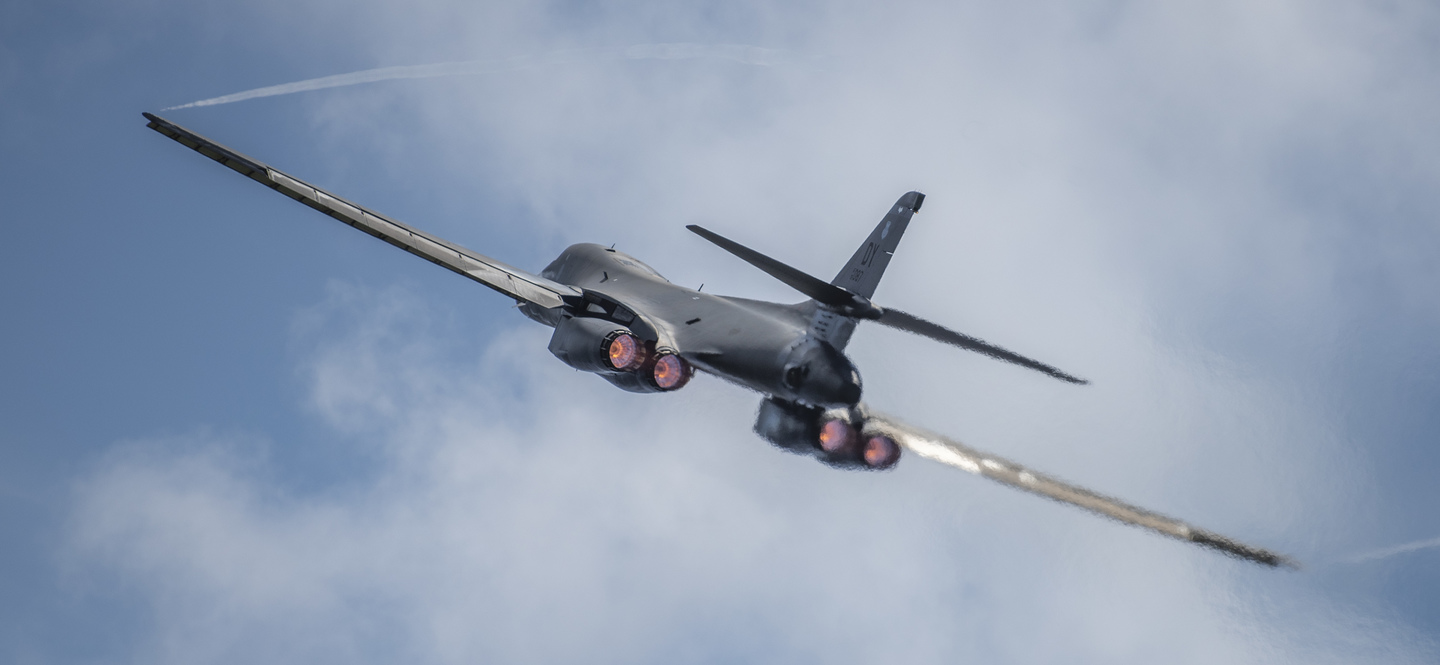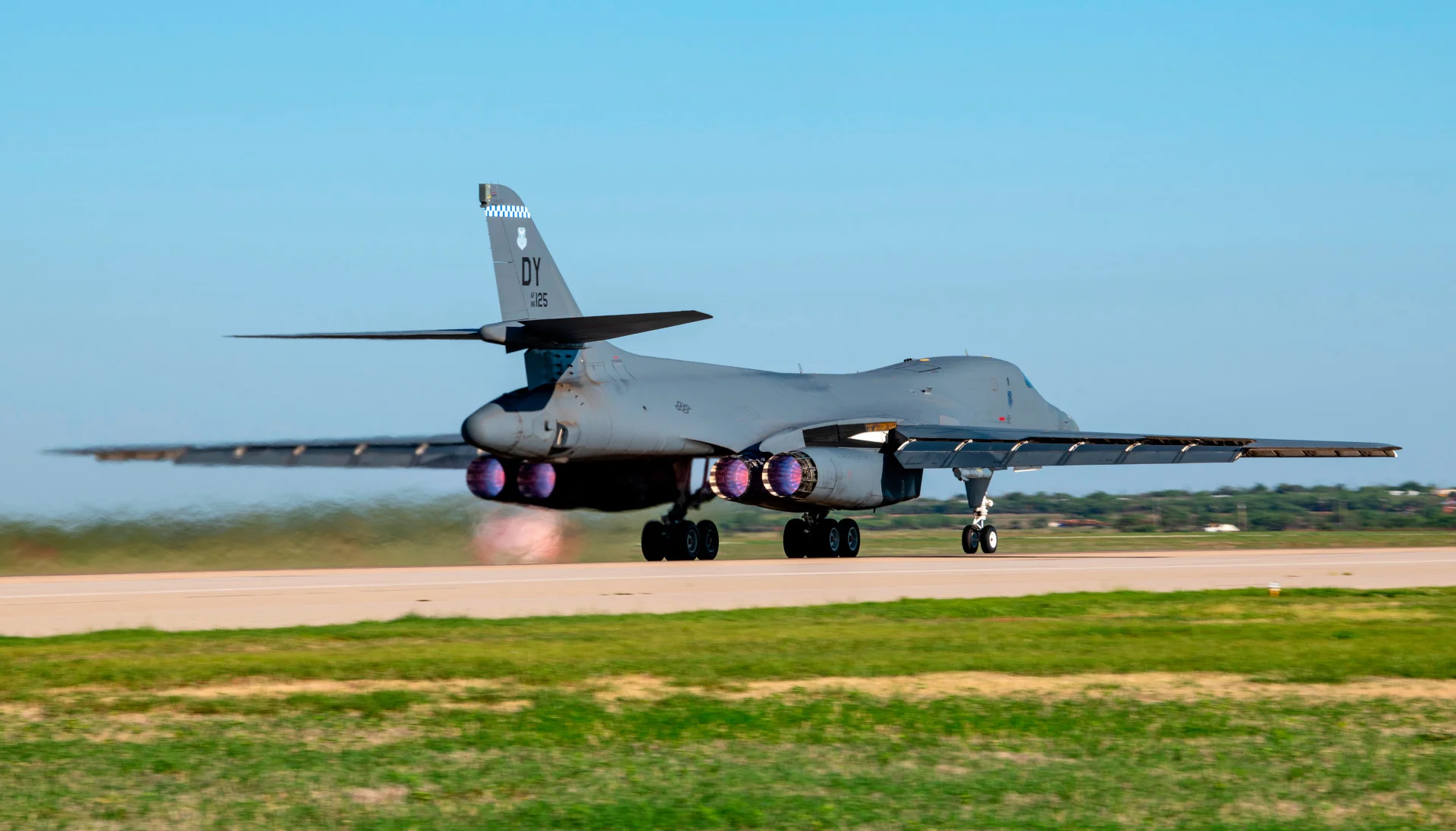
Recent B-1B sorties highlight the growing maritime role for the bombers, but illegal fishing is a national security concern in its own right. U.S. Air Force B-1B bombers flying from Dyess Air Force Base in Texas kept watch for signs of illegal fishing during recent sorties over the eastern end of the Pacific off the coast of Ecuador and around that country’s Galapagos Islands.

This would seem to be an unusual mission for the B-1Bs, which is a highly capable long-range strike platform, but it is actually not the first time the bombers have supported international law enforcement activities as a way to practice skill sets in a real-world environment.

The recent B-1B flights also highlight the Air Force’s current interest in expanding the B-1B’s maritime role, with a particular eye toward anti-ship missions during future high-end conflicts, especially in the Pacific. In addition, the U.S. military has become increasingly interested in ways to help challenge malign Chinese activities short of conflict, including with regard to things like illegal fishing, in the broader Indo-Pacific region and beyond.

At least two B-1Bs from the Dyess-based 7th Bomb Wing took part in this mission, which took place on September 7. The Air Force described the sorties as countering “illegal, unreported, and unregulated (IUU) fishing” in the course of a broader Continental United States (CONUS) Bomber Task Force (BTF) operation conducted in cooperation with the governments of Ecuador and Panama. KC-135 aerial refueling tankers flying from MacDill Air Force Base in Florida supported the B-1Bs. It’s unclear if any action was taken with regard to suspected illegal fish boats from information provided by the bomber crews.

“This kind of regional military engagement strengthens our partnership with Ecuador and Panama and enhances interoperability and improves our collective readiness for a range of potential future operations – from disaster relief to humanitarian assistance to security operations,” according to a statement from U.S. Southern Command. “When our forces train alongside one another we improve our ability to work together in times of crisis.”
The B-1B Lancer is a strategic bomber primarily operated by the United States Air Force. It is known for its long-range capabilities and versatile mission capabilities, including precision strike, close air support, and strategic deterrence.
While the B-1B bomber can be equipped with various sensors and weapons systems that could potentially support maritime surveillance and interdiction operations, its primary role is typically focused on conventional and nuclear strike missions.
To obtain the most accurate and up-to-date information on the utilization of B-1B bombers for maritime operations in the South American region, I recommend referring to recent news articles from reliable sources or official statements from the respective countries’ military or government authorities involved in such operations. These sources should provide the latest information on any specific deployments or missions related to combating illegal fishing or maritime security.

“There are certain things that only Air Force Global Strike Command Airmen can do, and this is one of them,” Air Force Col. John McClung, head of the 7th Bomb Wing’s 7th Operations Group, also said regarding the eastern Pacific sorties. “Based on the Airmen we have in this room, we can fly this mission and then turn around and regenerate in a matter of hours – we make it look easy, but it’s tough work.”





